So why bring this up in the present context? I love teaching my students about the applications of oxidation/reduction chemistry. This refers to chemical transformations that involve moving around electrons. For instance this tells us how batteries work to produce a flow of electrons. In an electrolytic cell, a flow of electrons is used to drive some chemical reaction. One example of this is the smelting of aluminum. Aluminum ore exists as an oxide, Al2O3. In this compound, aluminum has a charge of +3. On the other hand, pure aluminum metal has a charge of 0. How do you go from +3 to 0? You add three negatively charged electrons. For some LEGO, here are aluminum bricks by Bram Lambrecht (and, yes, they do fit together with real LEGO bricks).
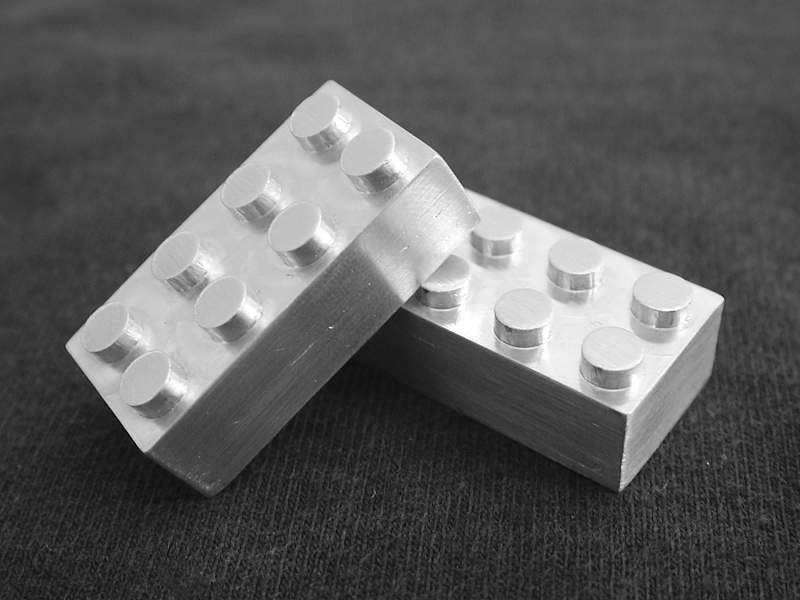
This process of producing pure aluminum metal, though, requires a lot of electricity. This brings us to the 1920's and 30's. The Army Corp of Engineers and Bureau of Land Reclamation were in the process of building a large number of dams as public works projects. This was in large part driven by FDR and the desire to create jobs during the Great Depression. One proposed dam was the Grand Coulee Dam on the Columbia River. Here's a song commissioned by Woody Guthrie to help promote federal dam projects and the BPA:
Dams could be justified economically by their ability to provide water for drinking and irrigation and also electricity. The problem was, at the time there was not a large enough population in the Pacific northwest to really require as much electricity as would be generated by this new hydroelectric dam. Here's a MOC of the Pitlochry Power Station in Scotland by Bricklove (I could swear I've seen a microscale version of the Grand Coulee Dam before, but now I can't find it, so this will do).

This opened the door to create new customers, including aluminum smelters. And what industry (aside from soda cans) most needed that aluminum? The then-growing aeronautics industry, of course. What major company is based in Seattle? Okay, yes, Starbucks, but also Boeing. There's a reason that they are based there - that's where the power and aluminum was. This growing productive capacity in the late 30's was key to the US war effort in the following decade. Quite frankly, the Axis had the rest of us on the ropes in the early years of WWII, aside from the heroic defense of Britain and the snows of Russia. But the US was relatively safe behind two oceans, and the industrial capacity fueled, in part, by hydroelectric power, helped create the weapons to beat back the forces of Germany and Japan. Here are MOCs of two of the Boeing planes that were so important in WWII, the B-17 Flying Fortress B-29 Superfortress by Orion Pax and Junlego, respectively. The B-17 was key in defeating the Germans, and the B-29 helped end the war over Japan.


There you have it, how Arlo Guthrie won the war. With a little help from electrochemistry and hydroelectric power.


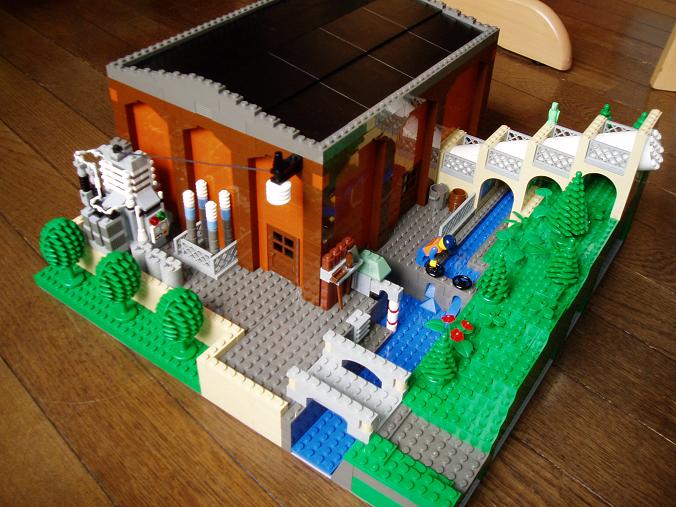



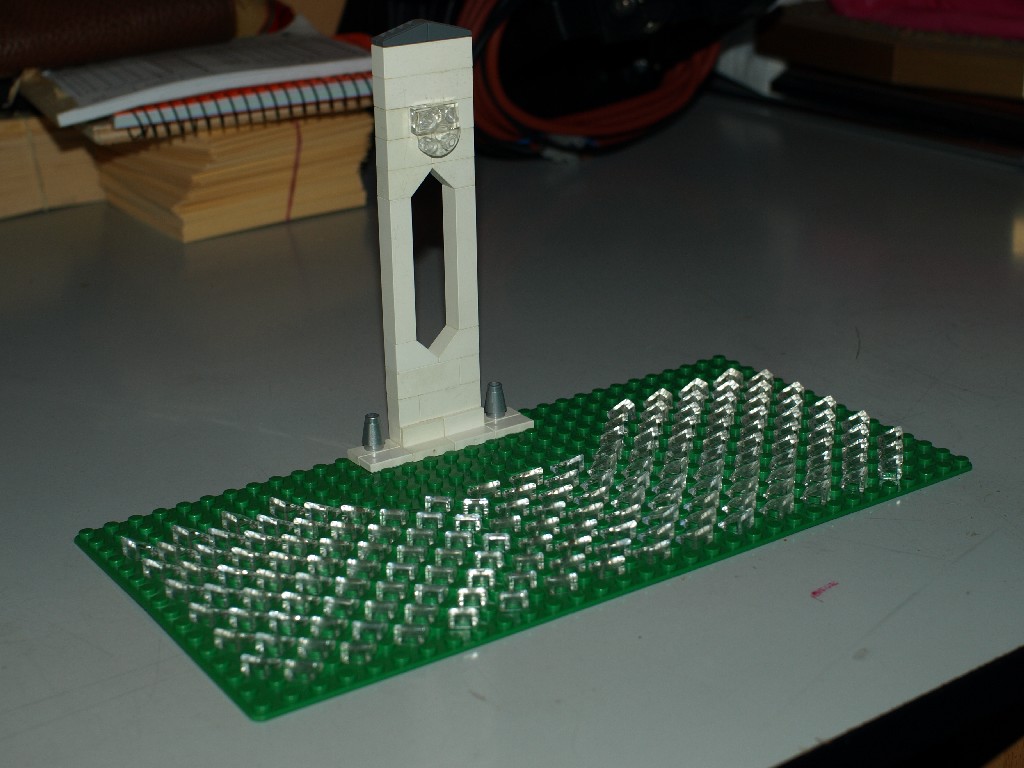



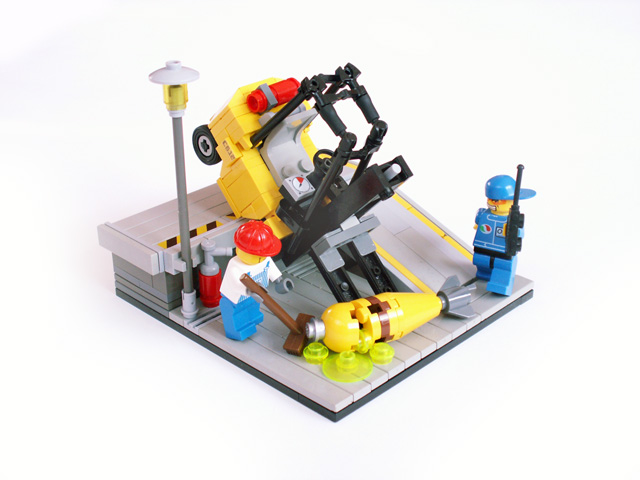



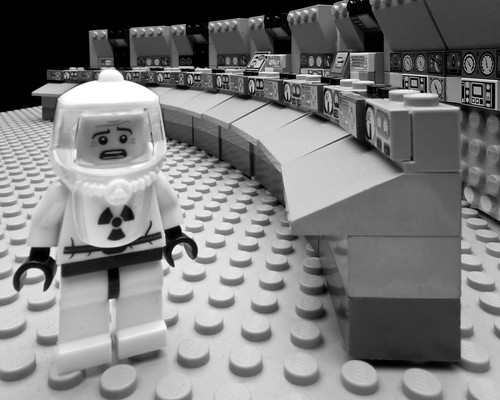

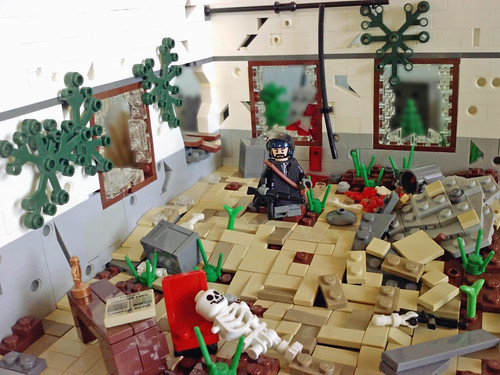
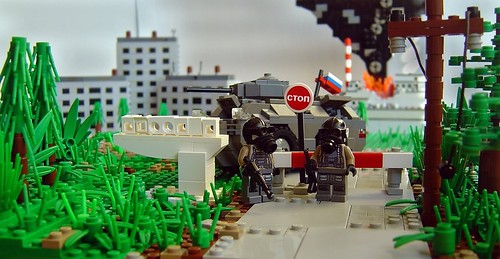
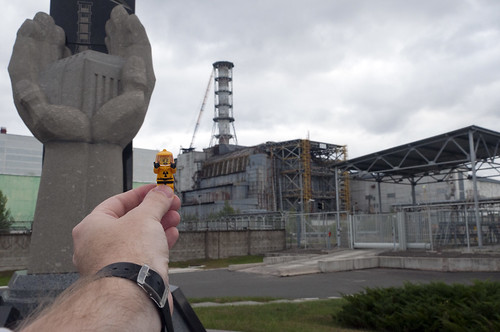

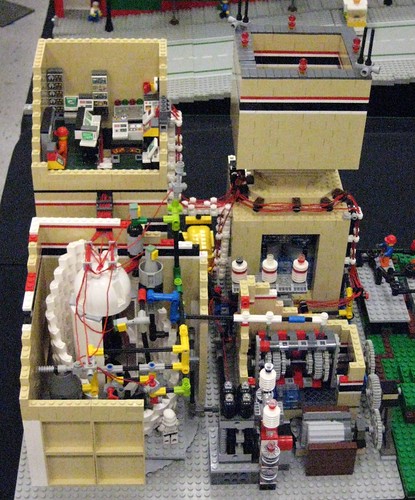
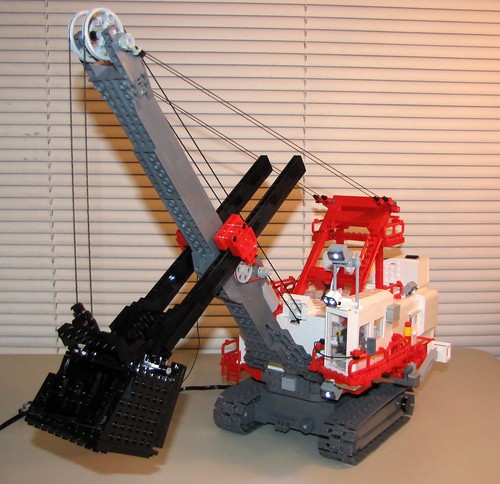

.jpg)

